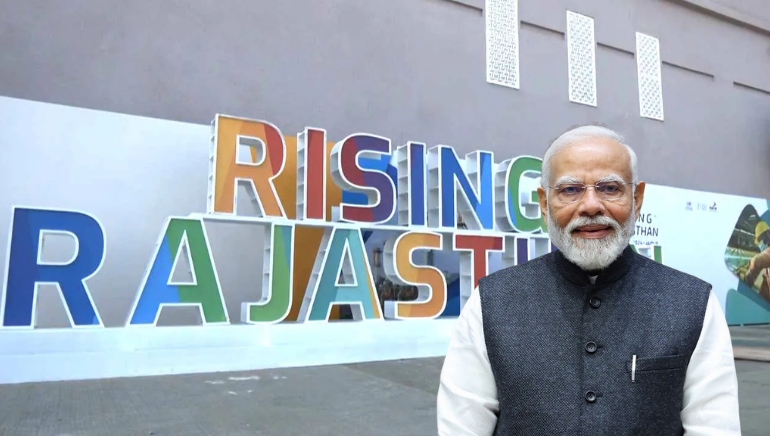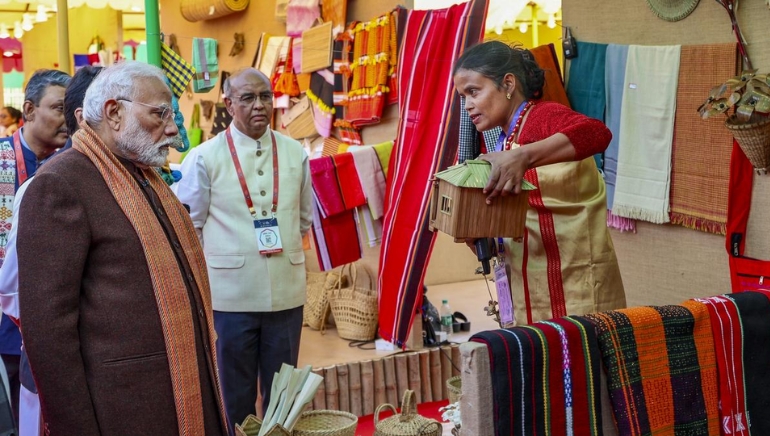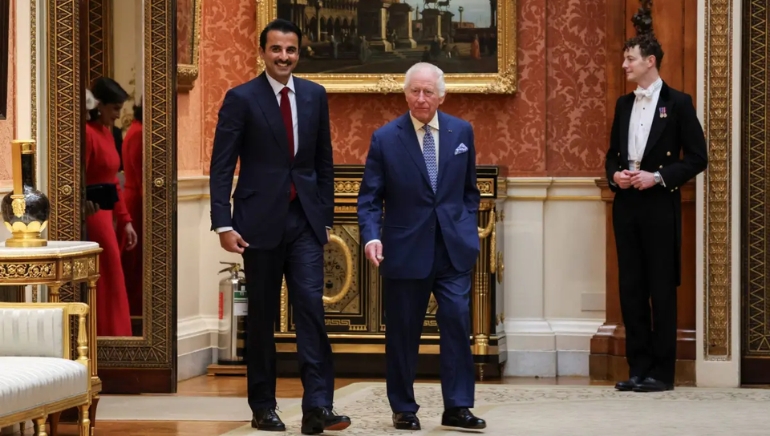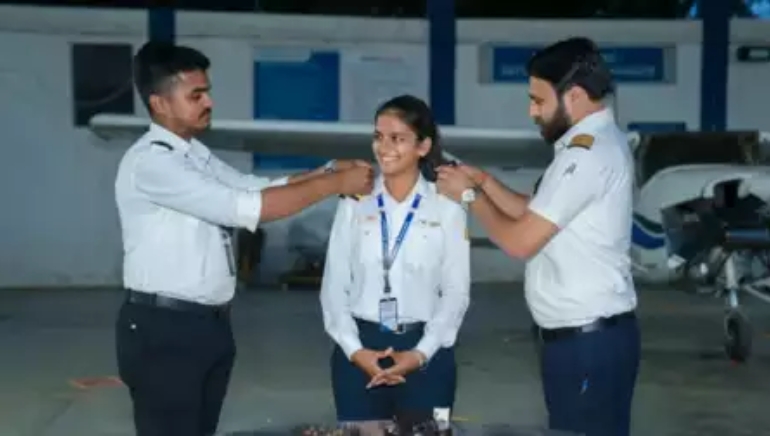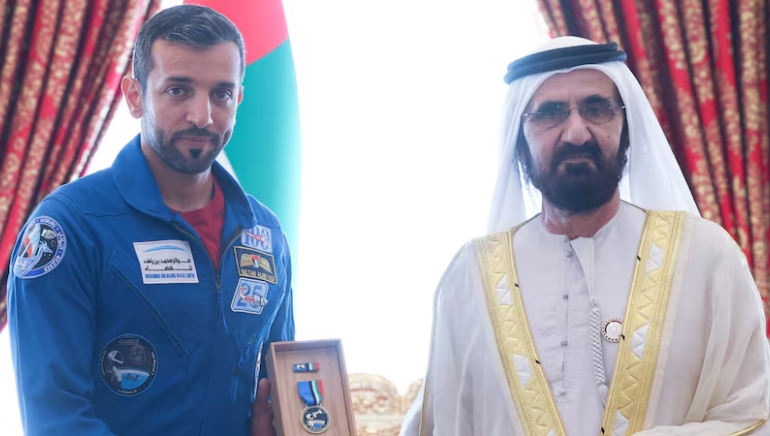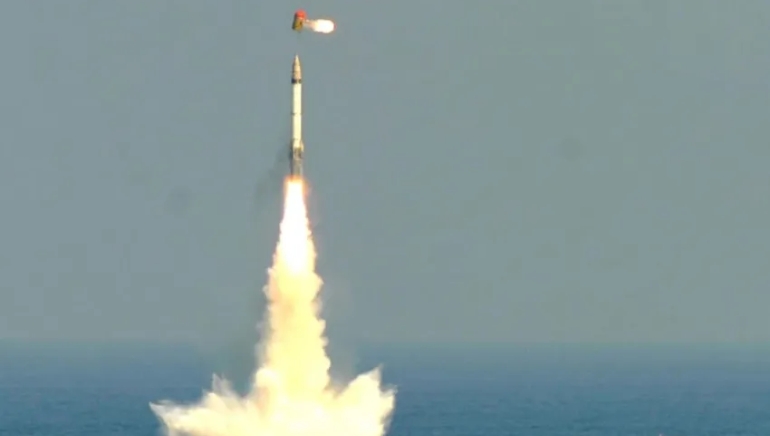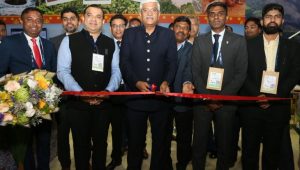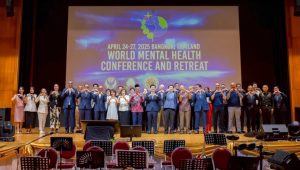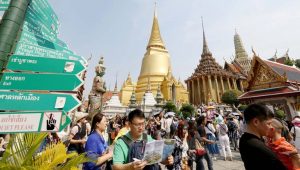Dubai is set to become a more pedestrian-friendly city with the launch of the Dubai Walk Master Plan, approved by His Highness Sheikh Mohammed bin Rashid Al Maktoum, Ruler of Dubai. The plan aims to create a 6,500 km network of walkways covering 160 areas across the city.
By 2040, Dubai will build 3,300 km of new walkways and upgrade 2,300 km of existing ones, with plans for an additional 900 km beyond 2040. It also includes 110 pedestrian bridges and underpasses to improve connectivity.
Sheikh Mohammed emphasized that the goal is to boost pedestrian movement from 13% to 25% by 2040, promoting a healthier lifestyle and making walking a key part of daily life.
The plan prioritizes safety, comfort, and accessibility with green spaces and seamless walkways. Officials, including Sheikh Maktoum bin Mohammed and other senior leaders, attended the launch near the Museum of the Future, where RTA’s Mattar Al Tayer shared the project’s impact on Dubai’s global competitiveness.
This initiative is part of Dubai’s mission to become one of the world’s healthiest, most sustainable cities, enhancing the quality of life for residents and visitors alike.






